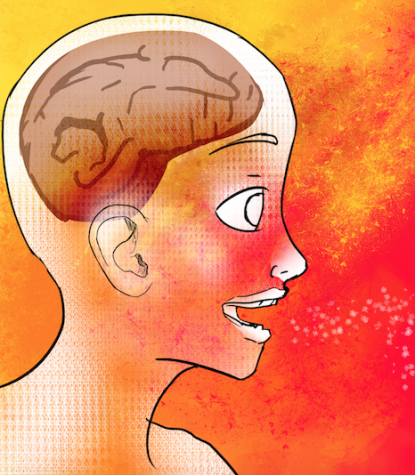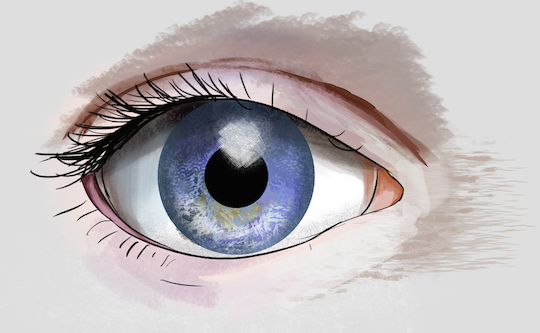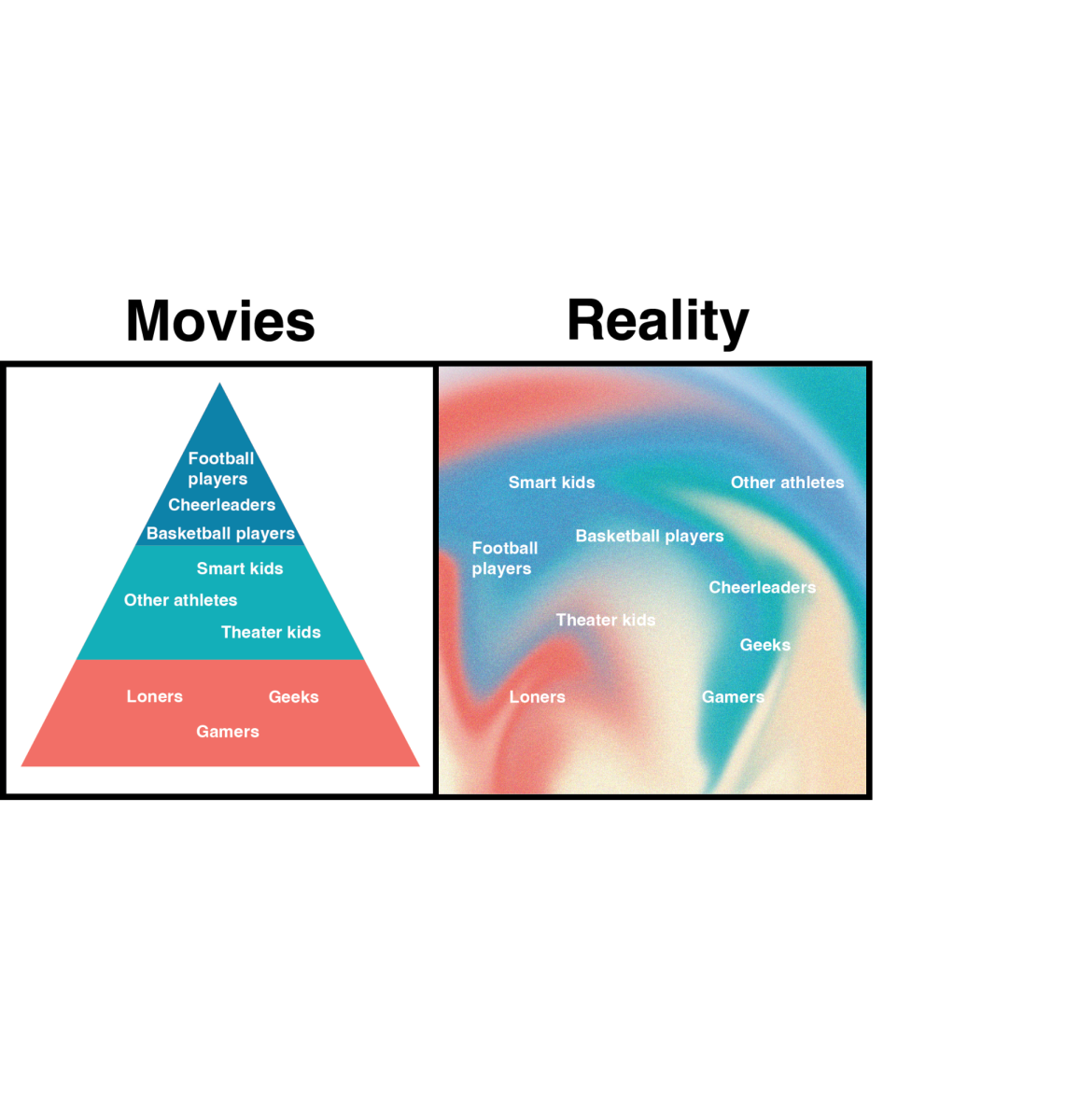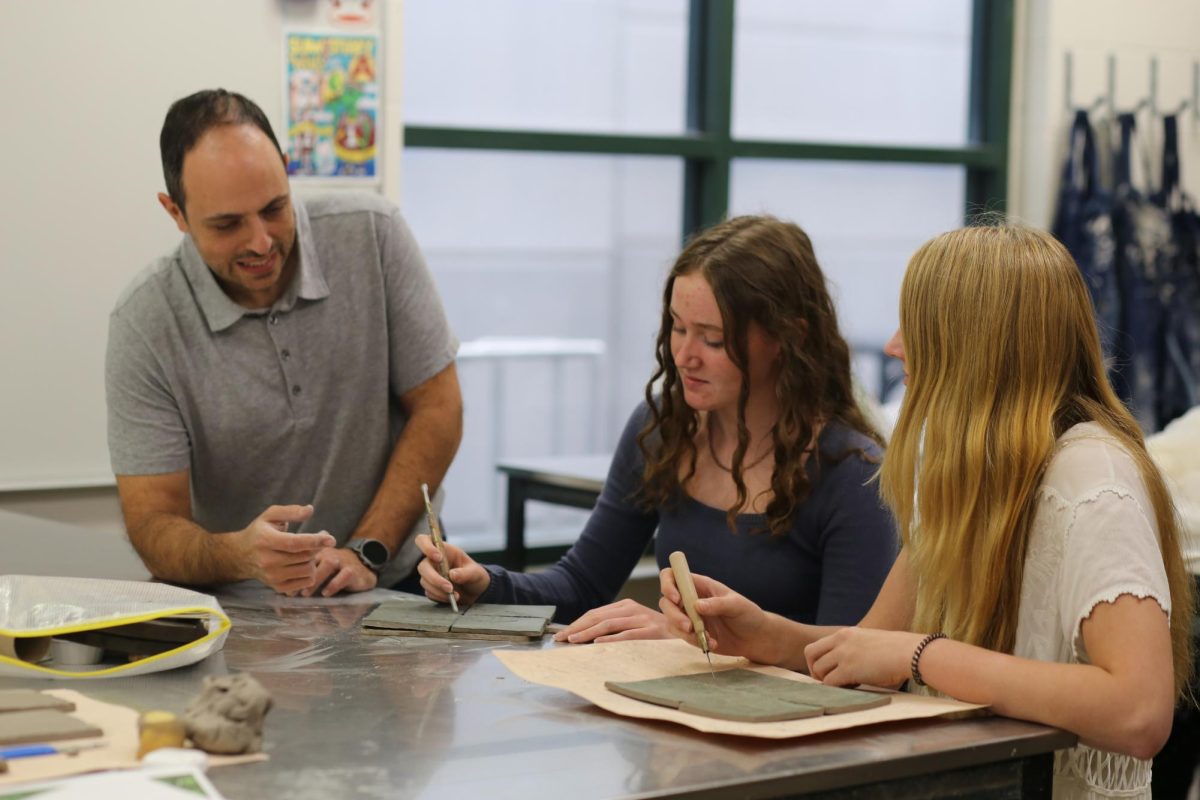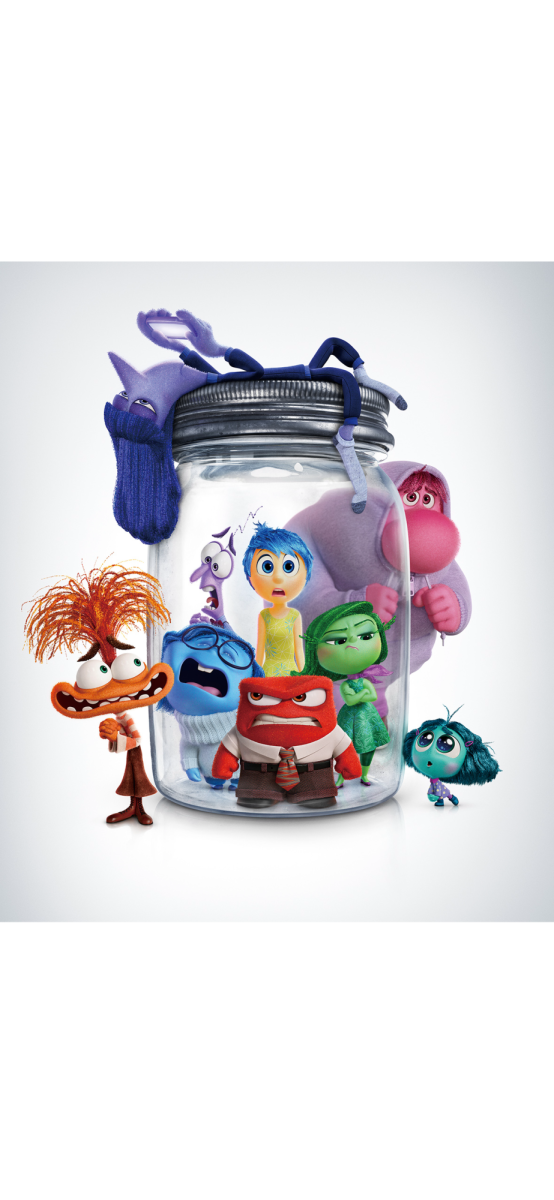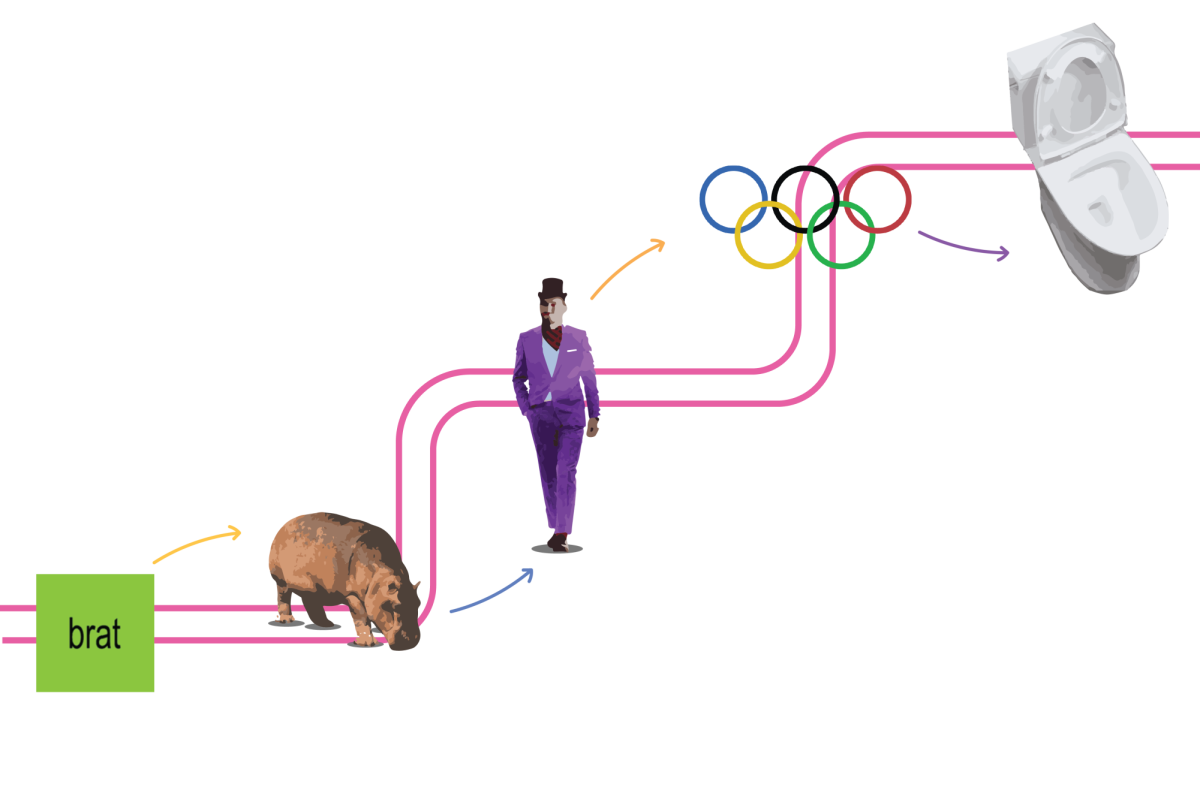When the intense lights lessened to a low dim, darkness and silence filled the atmosphere as audience members anxiously awaited for the appearance of Pharrell Williams. His voice increased in sound and intensity as soon as Pharrell appeared on stage singing and dancing to his well-famed song, Happy. Audience members screamed and sang along with excitement; however, the thought never crossed many people’s minds about how Pharrell felt during his performance.
In an interview following Pharrell’s first debut singing Happy, he described how he is able to feel hues of red, orange and yellow while singing Happy and how he is also able to visualize sounds. Although individuals thought his claims were fictitious, Pharrell is not the only individual to experience this phenomena. Other famous singers such as Lady Gaga and Billy Joel as well as painters and musicians throughout history have also described associating color with certain feelings, smells, tastes, sights and noises.
“We use our senses everyday whether we realize it or not,” Junior and AP Psychology student Melanie Langdon said. “When two senses are combined, the feelings associated with senses are amplified.”
According to the American Synesthesia Association, approximately one out of every 2000 people worldwide have synesthesia, a rare neurological disorder resulting in the involuntary entwinement of two or more senses. The chance of risk for women inheriting this genetic disorder is three times as likely compared to men. However, there are more than 60 types of synesthesia discovered from the early 17 century to this day, and the degree to which the brain is impacted depends on the type of synesthesia inherited.
The most common types of synesthesia found in society are the grapheme-color and number-form synesthesia. An individual who experiences this type may associate letters or numbers with specific colors unintentionally.
“A student at the University of Maine was recently diagnosed with
grapheme-color synesthesia,” Langdon said. “She noticed that letters such as A & J are brown while odd integers are blue.”
Usually two synesthetes which have the same type of synesthesia won’t associate objects or things they see to the same color as other individuals.
“The left-hemisphere of the brain deals with feelings, touch, and hearing,” Langdon said. “In those that have synesthesia, the signals in the brain collide making multiple senses to be confused at a certain time.”
Other forms of synesthesia, although rare, include sound to color and lexical-gustatory synesthesia.
When individuals hear a particular sound, the sound triggers a reaction of certain colors and shapes. However, in lexical-gustatory synesthesia, synesthetes evoke different kinds of tastes when they hear certain words or vice versa.
Although there are many types of synesthetes, the most common effects of all synesthesia variations include confusion, paranoia and triggers to unusual senses. When two or more senses are combined, synesthetes try to separate their sensations but end up in frustration or confusion in trying to separate their two senses.
However, not every aspect of having synesthesia is a disadvantage. Many artists, painters and musicians who have synesthesia use this entwinement of senses to his or her benefit and as an inspiration for their work.
Most synesthetes work in the field of art as they are able to create unique images and sounds due to the way their brains interact. This allows them to stand out and show their creativity. Whether most people realize it not, many famous singers and artists to this day have been synesthetes since it was not until the early 20th century that people were comfortable with revealing their disorders.
Synesthesia affects an individual’s everyday thoughts and the way that they perceive objects surrounding them. From painter Vincent Van Gogh to musician Wolfgang Amadeus Mozart and model Marilyn Monroe, synesthesia did not stop them from creating famous paintings, harmonic music or from gaining fame.